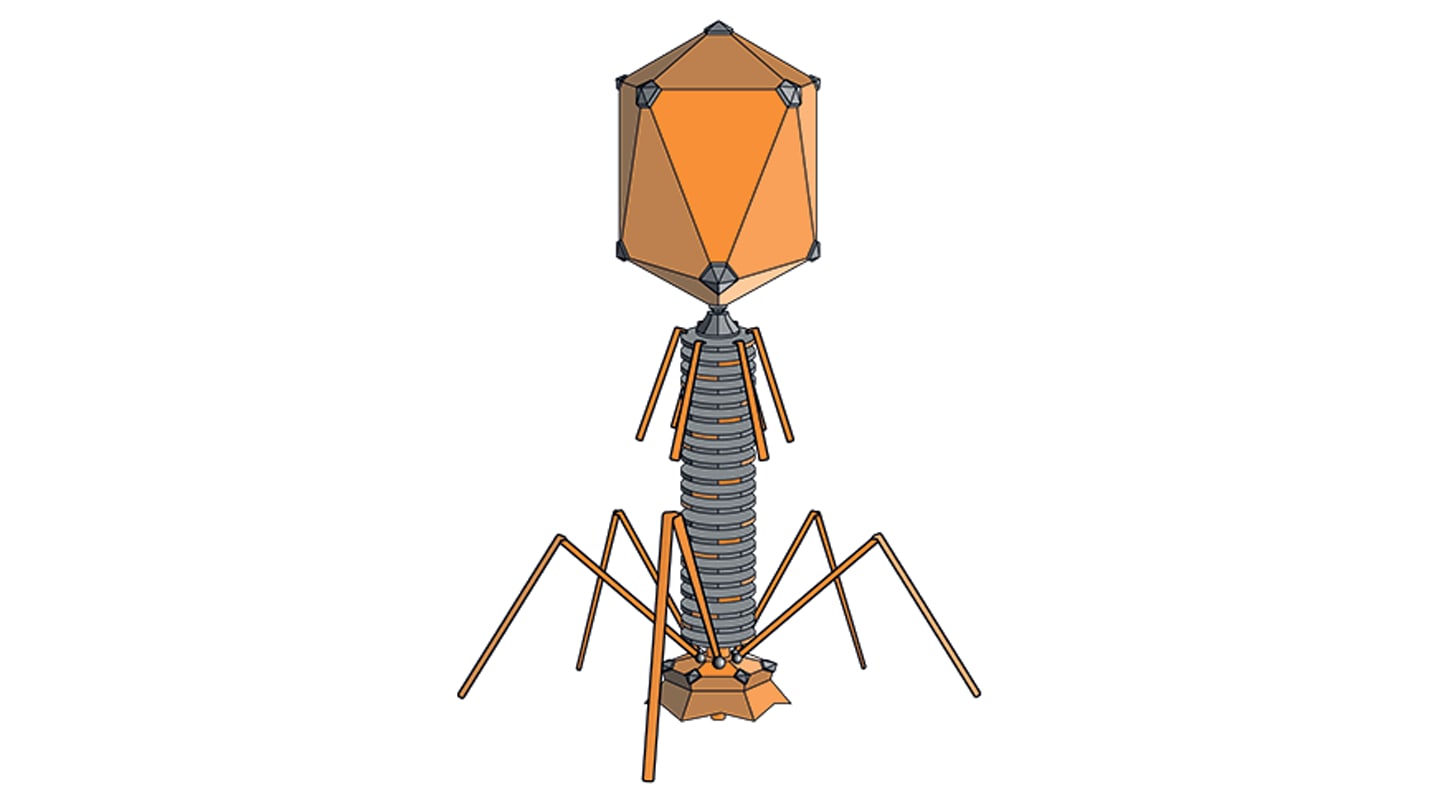
Inhibiting a specific microRNA can reactivate a silenced gene on the X chromosome and improve outcomes in mouse models of Rett syndrome, according to research published in Nature Communications.
The study, led by Jogender Tushir-Singh, PhD, and Sanchita Bhatnagar from the University of California Davis School of Medicine, identified microRNA-106a (miR106a) as a key regulator of X chromosome inactivation (XCI). Blocking miR106a restored expression of MECP2 – the gene most commonly mutated in Rey syndrome – and led to improved behavioral and neurological function in animal models.
Rett syndrome is a rare, X-linked neurodevelopmental disorder that primarily affects girls and is associated with cognitive, motor, and respiratory impairments. Because one copy of MECP2 is typically silenced in females due to XCI, reactivating the inactive gene has long been considered a promising therapeutic target. “Our study looked at reactivating the silenced X chromosome carrying the healthy gene,” said Bhatnagar, the study’s senior author. “It showed that reactivating the gene is possible and can reverse the symptoms.”
In this study, the team performed a genome-wide CRISPR-Cas9 screen in female mouse fibroblasts to identify microRNAs involved in maintaining XCI. Several candidates were identified, but miR106a inhibition had the strongest effect in reactivating genes on the inactive X chromosome.
To test therapeutic relevance, the researchers delivered an adeno-associated virus (AAV9) carrying a miR106a-targeting “sponge” into the brains of female mice with heterozygous Mecp2 mutations. Treatment restored Mecp2 expression to about 32% of normal levels and was associated with significant phenotypic improvements. Bhatnagar explained, “The diseased cell holds its own cure. With our technology, we are just making it aware of its ability to replace the faulty gene with a functional gene. Even a small amount of this gene expression (activation) has therapeutic benefit.”
Mice treated with AAV9-miR106sp had a median survival of 29.6 weeks, compared with 12.1 weeks for controls. Treated mice also showed improved locomotion, increased exploratory behavior, fewer apneic episodes, and greater brain volume on imaging. “Our gene therapy-based approach targeting X chromosome silencing showed significant improvement of several symptoms of Rett syndrome,” Bhatnagar said. “Girls with Rett exhibit a wide range of symptoms, limited mobility and communication skills. They have apnea and seizures. It would be life-changing if we can help reverse some of their symptoms so they can speak if they're hungry or walk to get a drink. What if we can prevent these seizures and apnea episodes, or simply reduce them?”
“Given the significance of expressing Xi-linked genes by epigenetic reprogramming, the discovery of miR106a-mediated regulation of XCI provides a therapeutic opportunity for X-linked neurodevelopmental disorders, including but not limited to RTT,” the authors wrote.




